The freedom to live, work, and play in gorgeous natural places comes with an incredible, but simple, responsibility. Living and traveling in our RV for the past 12 and a half years has afforded us some incredible opportunities to spend weeks — even months — in some of the most beautiful, pristine, and remote areas of this continent. (For those of us who crave both adventure and solitude, this is truly RVing nirvana!) Visiting some of the Earth’s most serene places strikes a cord in the heart of the traveler of admiration and affection. That desire — to preserve, to leave no trace when your RV passes on — is a great place to start.
There is an ethics to traveling. Earth Day is a great reminder that it’s not a burden so much as joy. Personally, as full-timers, without the office or responsibilities of a house calling us back home, we can work, play, and live wherever we desire. Doing so, however, creates an awareness that extended stays in pristine places can have negative consequences on the environment for others and future generations to enjoy.
So, how can we balance a desire to be out there with our own sense of stewardship for it. Quite simply, we all must accept our role as caretakers.
Young scouts learn the importance of picking up trash and leaving a place better than they found it. While that’s an important part of the overall ethic of our collective responsibility to the planet, Leave No Trace principles go far beyond just picking up litter. These principles are a commitment to making a difference for future generations as well as the preservation of the biodiversity of a natural area.
Let’s talk about exactly how you can live out Leave No Trace in your RV.
First: Understand How RVs Can Hurt an Environment
Without careful management, we can have a negative impact on pristine wilderness areas we seek to explore and enjoy. We can pollute the air and waterways, and disrupt habitats with noisy generators, improper outdoor lighting, careless site selection, and trash.
In popular natural destinations that attract many RV campers, the repeated cycle of compaction, habitat disruption, and improper waste disposal can lead to significant environmental impacts. Fragile ecosystems, such as wetlands, meadows, and deserts, are particularly vulnerable as these areas often have unique species that depend on specific conditions to thrive. When their habitats are disrupted, not only is the local flora and fauna affected, but there can also be a ripple effect that impacts the wider ecological web of the area.
As RVers, we hold the keys to making a significant difference with each choice we make. From the paths we drive to the ways we manage our waste, we either contribute to the problem or become part of the solution.
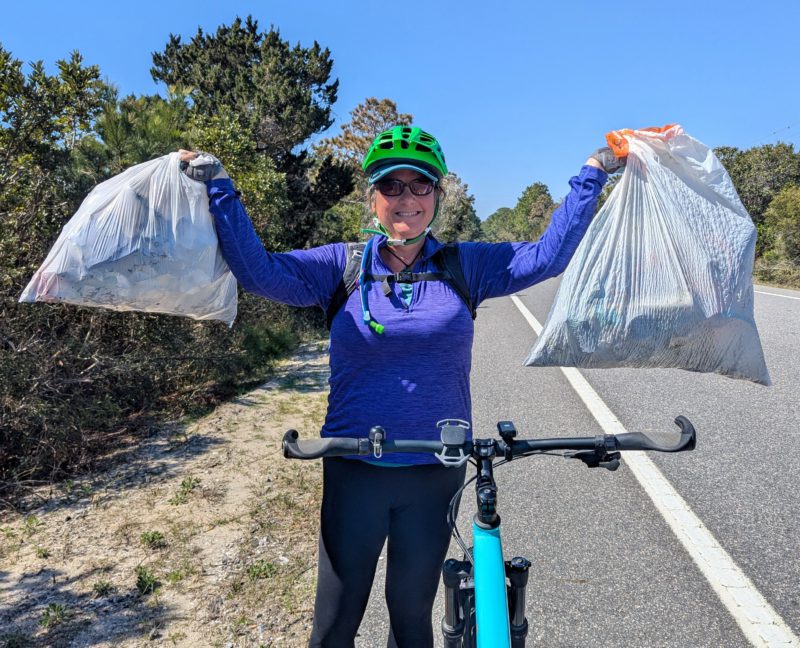
Second: Learn the 7 Principles of Leave No Trace
Sure, if you haven’t practiced these principles before, these may sound like a lot to think about, especially when you are on vacation! But really, once you learn the seven principles of Leave No Trace and how you can implement them in your RV, they simply become … second nature. (Pun intended!)
Ask any Boy or Girl Scout to recite these seven principles, and they may even sing you a song that they’ve learned to remember them. But, most adults can only name a few. If it’s been a while since you’ve been a scout or scout leader (or if you’ve never been a scout), here’s a quick overview.
- Plan Ahead & Prepare
- Travel and Camp on Durable Surfaces
- Dispose of Waste Properly
- Leave What You Find
- Minimize Campfire Impacts
- Respect Wildlife
- Be Considerate of Others
Sounds simple, right? While most of these principles are common sense, there are some environmental impacts from RV camping that may surprise you. (And yes, there are real temptations! Who doesn’t want to touch a manatee?!
Now, let’s take the next step and discuss how Leave No Trace principles can be easily integrated into a RV camping lifestyle to help preserve our special places and keep our wild places truly wild.

Third: Reduce Your Impact with 6 Simple Tips
1. Sharpen your campsite selection.
- Problems. Soil erosion can be exacerbated by the weight and pressure of large RVs on the land. This can lead to compacted soil, which reduces its ability to absorb water and support plant life. In turn, this can lead to increased runoff and erosion. Also, when RVers wander off of established paths or create new ones, they can destroy and disrupt wildlife habitats, contributing to erosion or soil degradation that may take years or even decades to recover. Recreational off-trail choices in the area — from hiking and cycling to motorcycle and OHV use — can leave a serious impact.
- Solutions. RVers should use established campsites, boondocking areas, and parking areas to avoid damaging untouched natural areas. When these are not available, look for durable surfaces, such as gravel or sand, that are more resistant to wear, and more porous for ground water saturation. Learn to identify cryptobiotic soil when camping in the desert and steer clear of it. It takes decades to regenerate this precious soil upon which desert plants rely, so “Don’t Bust the Crust!” And always stay on designated trails when hiking to prevent soil erosion and protect plant life as well — and only use motorized vehicles on trails or roads designated accordingly.

2. Avoid campfire hazards.
- Problems. Boondocking areas are often littered with numerous campfire rings, many containing half-burned wood, or even worse, smouldering ashes. Also, campers often build very large fires, which can stray out of control and cause forest fires. Or they try to burn objects such as wooden pallets, or metal cans and plastic which give off noxious fumes.
- Solutions. RVers should bring their own portable fire pit/grill and keep fires minimal, especially in fire prone regions. There are many LNT options made by OTZI, Solo, and Primus which leave absolutely no ashes or wood behind. Or camp next to an existing campfire ring and be sure to burn wood completely down to white ashes. Never try to burn materials in the fire unless they are made from paper or wood. Before leaving the area, make sure your fire is “dead out” by dousing it with plenty of water and stirring it to make sure all ashes have cooled. Never leave a fire until the ashes are cold. And, please clean any fire pits in the area that are littered with trash and recycling!
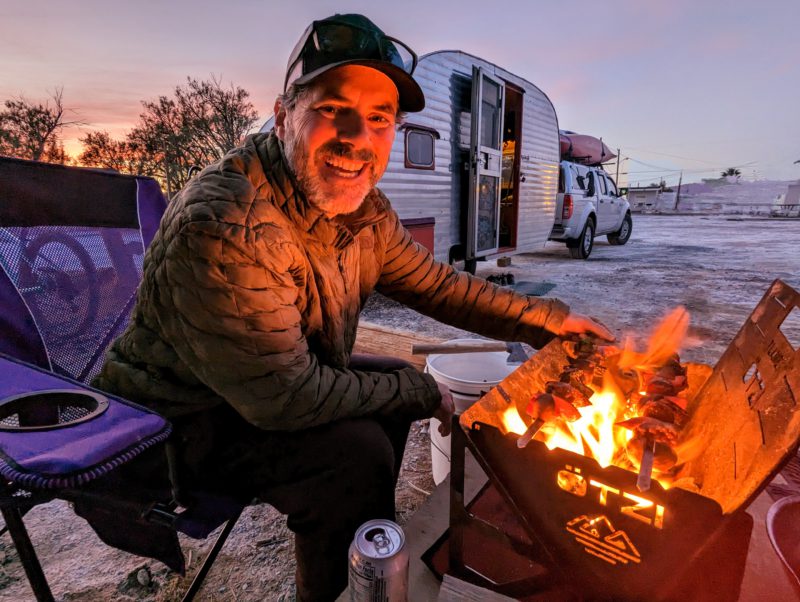
3. Game-plan your waste water disposal.
- Problems. Improper disposal of gray and blackwater tanks can contaminate water and soil, posing health risks to both humans and wildlife. Chemicals from soaps, detergents, and human waste can upset the natural chemistry of ecosystems, leading to algal blooms and other negative environmental issues.
- Solutions. Use dump stations to dispose of the wastewater in your tanks. If you do dishes in bins to save water, filter out any food particles with a small sieve and scatter the wastewater in a different place each day (but never within 150 feet of a water source). This lessens the impact on a specific area. Throw away any food particles in your trash so as not to attract any critters to the area. If limited facilities make it difficult to dispose of waste properly, plan trips into town that align with dump station locations. It’s all about being proactive and planning ahead!
4. Carefully monitor your trash disposal.
- Problems. Littering, whether intentional or accidental, can not only be unsightly, it can lead to the destruction of pristine natural areas and have very negative impacts on wildlife. It teaches wildlife to live off of human food/trash rather than find their own. Just as deadly is micro-trash like twist ties, bread bag clips, Hershey bar wrapper corners, bottle caps, dental floss, and cigarette butts. Wildlife can confuse these tiny pieces of trash as food, and are often found in the stomachs of dead birds and other marine critters.
- Solutions. In remote areas, RVers should always pack out what they pack in. This means being prepared with trash bags and recycling containers. One way to minimize your trash is to responsibly burn any used paper products and paperboard boxes. Consider reusable or biodegradable products to minimize plastic waste — think reusable water bottles and jugs instead of disposable ones. In all camping areas, always scour your campsite for all trash (including micro-trash) and make sure it ends up in the trash/recycling before you leave.
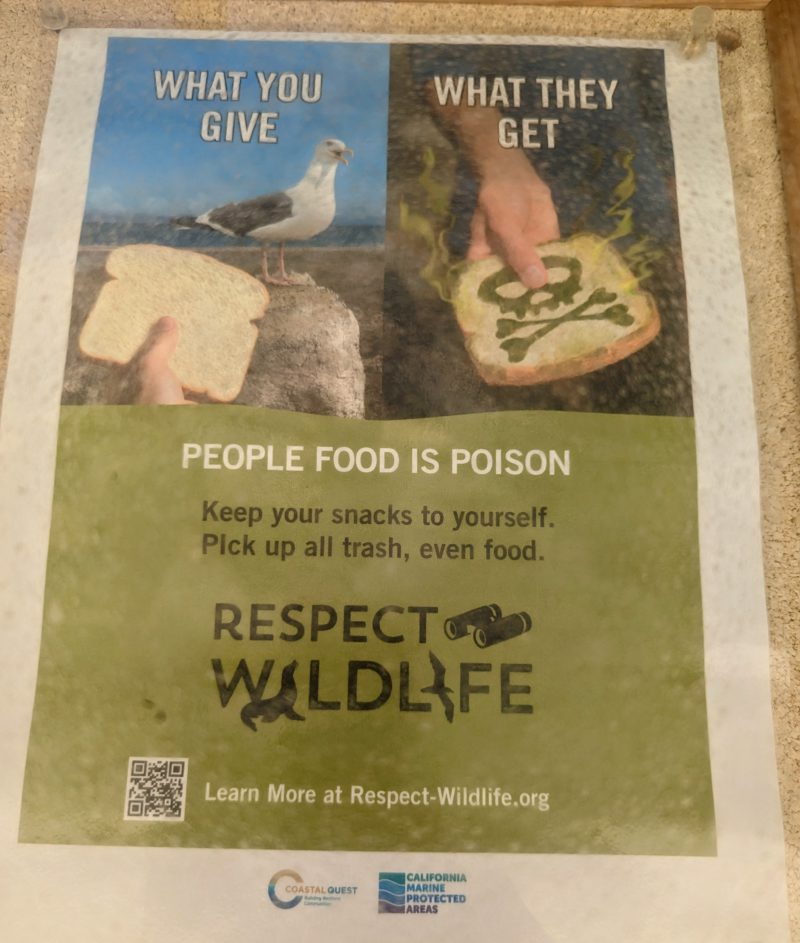
5. Decrease your resource consumption.
- Problems. RVers often use too much water (especially in desert areas) and consume too much power, causing them to run a gas generator for several hours per day. This creates both air and noise pollution, as well as being a fire risk in drier areas.
- Solutions. Resource conservation starts with using less water and electricity. An appropriately-sized solar powered system for your RV can silently provide all the power you need by garnering energy from the sun, thus eliminating the need for a gas generator all together. Conserving water is easy by taking shorter showers and using a basin for washing dishes, which reduces water usage. Remember, every small action contributes to the larger goal of preserving the environment, and allows you to stay out longer!

6. Limit your campsite lighting.
- Problems. RVers often leave bright outdoor lights on all night. Bright, unshielded lighting can affect bird migration, sea turtle hatchlings (when camped near the beach), and night sky viewing in dark sky areas. They can also bother nearby campers who seek out dark areas.
- Solution. Only use outdoor lighting when necessary and make sure it is shielded so that it doesn’t point upward. Small solar lights or under RV lights are fine to make it safer to move around the campsite at night, but it’s important to turn them off before you go to bed.
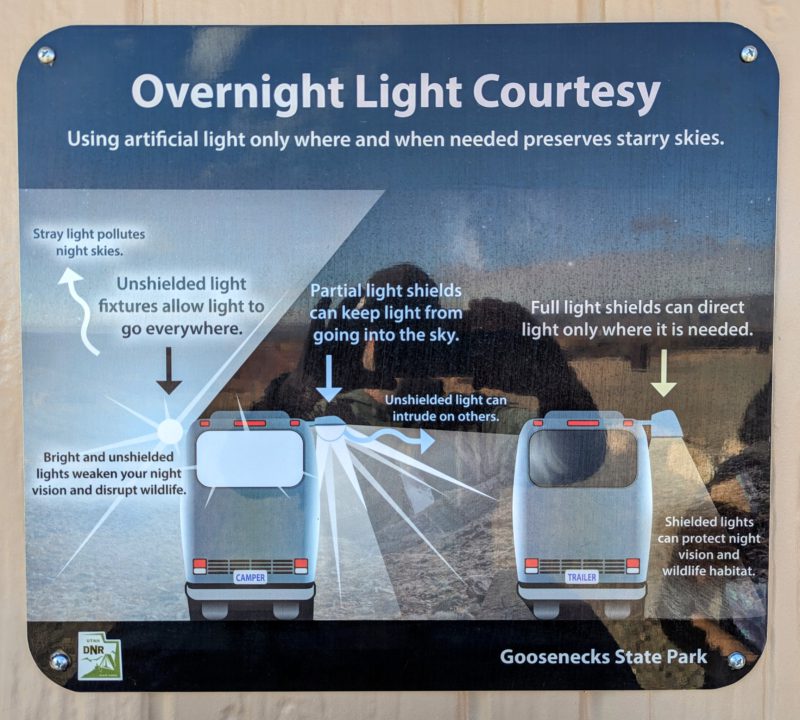
The Joy of Leave No Trace as You RV
To truly appreciate nature’s unique gifts and ensure their preservation for future generations, it is crucial to understand the effects that our recreational choices have on our planet. By becoming aware of these impacts, and sharing them with others, we can all make informed decisions that align with the seven principles of Leave No Trace. Before you know it, it’ll become second nature for you and your family!
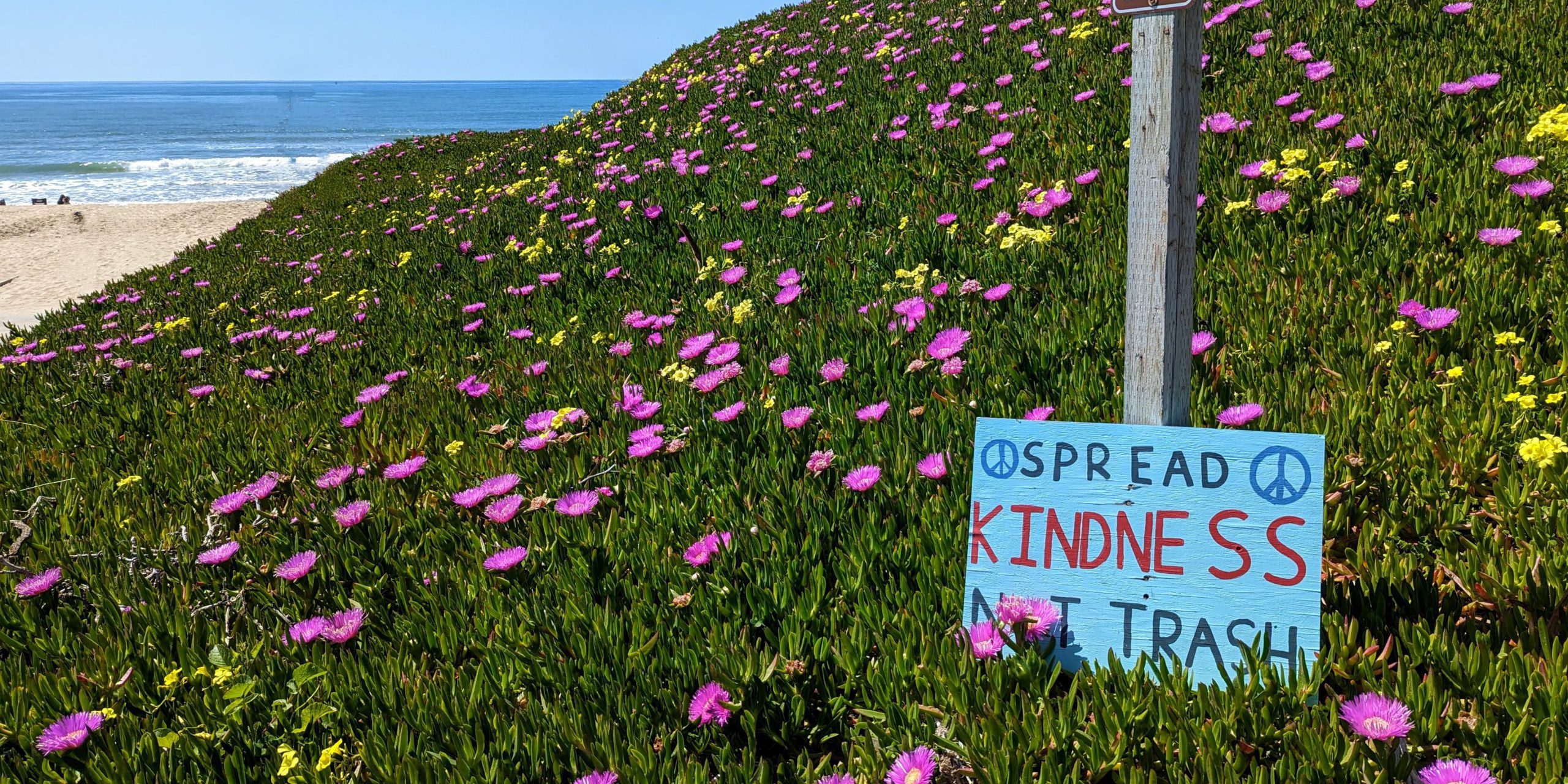

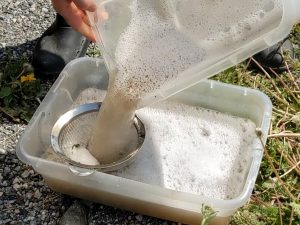
Leave a Reply